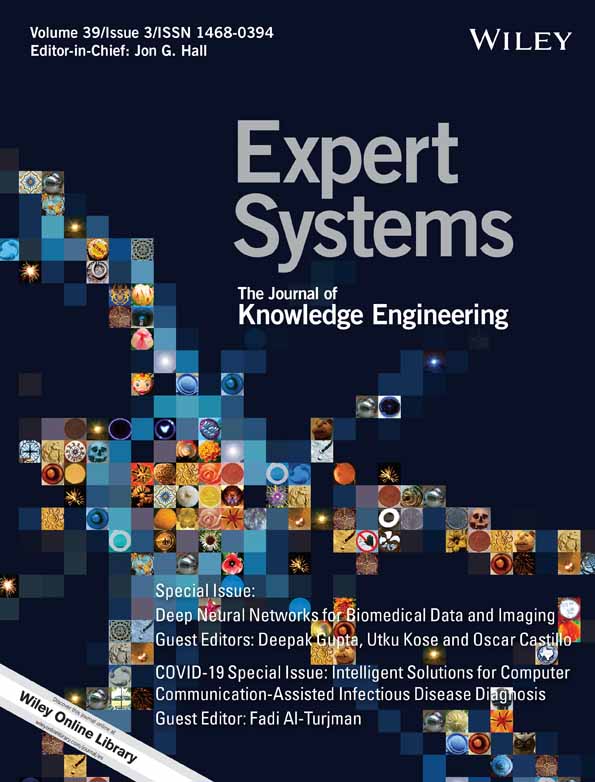Automated COVID-19 detection in chest X-ray images using fine-tuned deep learning architectures
Abstract
The COVID-19 pandemic has a significant impact on human health globally. The illness is due to the presence of a virus manifesting itself in a widespread disease resulting in a high mortality rate in the whole world. According to the study, infected patients have distinct radiographic visual characteristics as well as dry cough, breathlessness, fever, and other symptoms. Although, the reverse transcription polymerase-chain reaction (RT-PCR) test has been used for COVID-19 testing its reliability is very low. Therefore, computed tomography and X-ray images have been widely used. Artificial intelligence coupled with X-ray technologies has recently shown to be more effective in the diagnosis of this disease. With this motivation, a comparative analysis of fine-tuned deep learning architectures has been made to speed up the detection and classification of COVID-19 patients from other pneumonia groups. The models used for this analysis are MobileNetV2, ResNet50, InceptionV3, NASNetMobile, VGG16, Xception, InceptionResNetV2 DenseNet121, which have been fine-tuned using a new set of layers replaced with the head of the network. This research work has carried out an analysis on two datasets. Dataset-1 includes the images of three classes: Normal, COVID, and Pneumonia. Dataset-2, in contrast, contains the same classes with more focus on two prominent pneumonia categories: bacterial pneumonia and viral pneumonia. The research was conducted on 959 X-ray images (250 of Bacterial Pneumonia, 250 of Viral Pneumonia, 209 of COVID, and 250 of Normal cases). Using the confusion matrix, the required results of different models have been computed. For the first dataset, DenseNet121 has obtained a 97% accuracy, while for the second dataset, MobileNetV2 has performed best with an accuracy of 81%.
CONFLICT OF INTEREST
The authors declare that there is no conflict of interest related to this paper.
Open Research
DATA AVAILABILITY STATEMENT
The data that support the findings of this study are available in arxiv.org at https://arxiv.org/abs/2006.11988. These data were derived from the following resources available in the public domain: COVID-19 Image Data Collection, https://arxiv.org/abs/2006.11988




